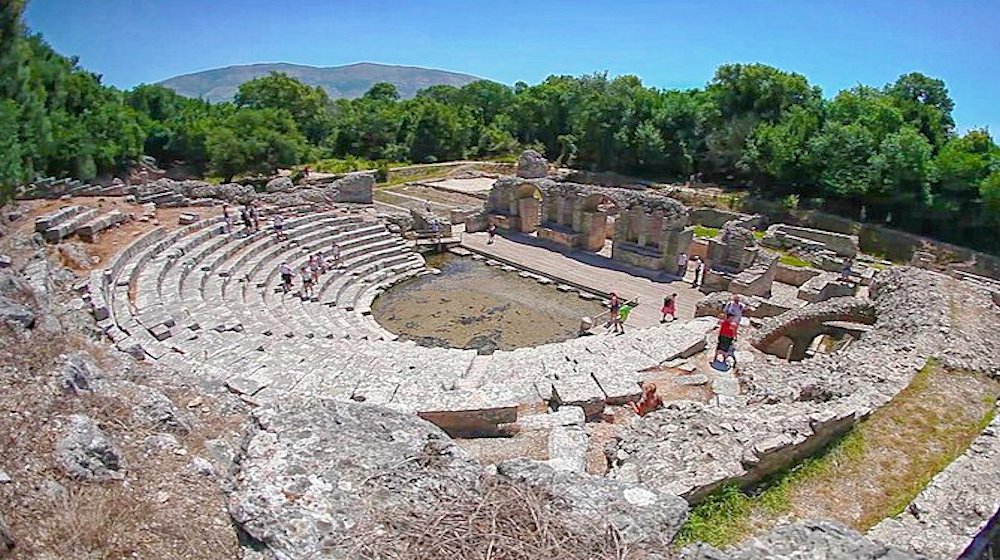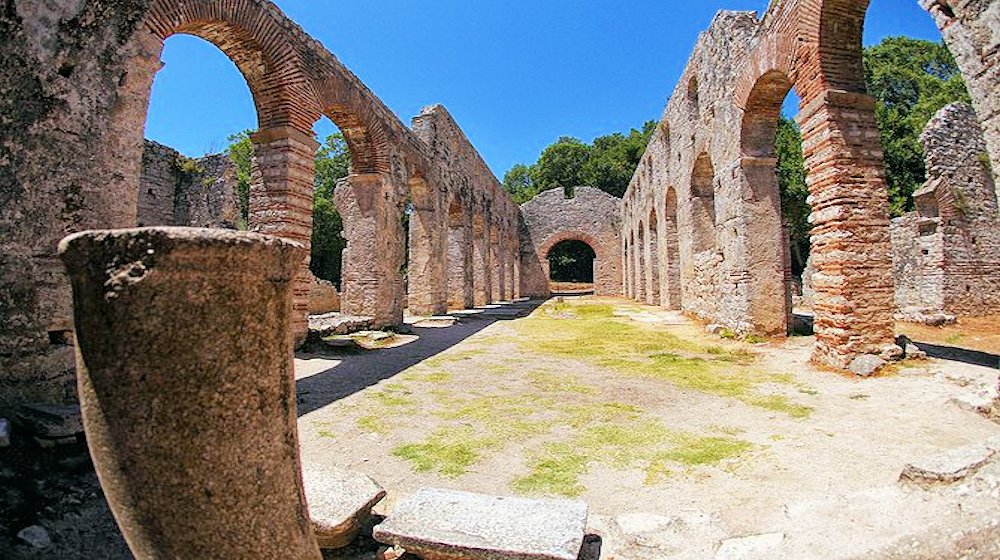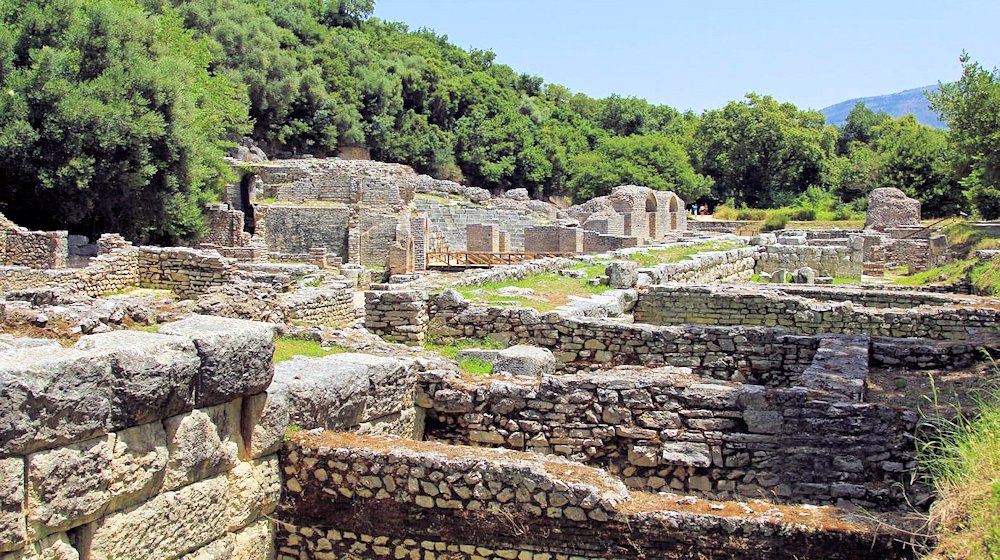Hightlight
-
 Museum
Museum
-
 National Park
National Park
Butrint National Park
Butrint National Park, “Parku Kombëtar i Butrintit “ This park is located about 25 kilometres south of the city of Saranda. It has high scientific, tourist, archaeological, social and recreational values, also combined with a significant biodiversity. The area of the park is 2500 hectares. It is an area of particular importance to the country’s tourism. It is distinguished primarily for cultural tourism in the ancient city of Butrint, protected by UNESCO, blue tourism in the region of Ksamil, and ecotourism in the lake of Butrint.
Located in the lower side of the map of Albania, across the Greek island of Corfu, Butrint boasts the title of being the first Albanian site to be included by UNESCO in its World Heritage List in 1992.
Inhabited since prehistoric times, during its long history Butrint has been both a Greek and Roman colony.
Parts of the city were rebuilt during the fifth century B.C.E., and Butrinit grew prosperous during the Byzantine Empire, before experiencing a short period under Venetian rule. In the late Middle Ages, Butrint was sacked by the Ottomans and abandoned as emergent wetlands made resettling difficult.
Today, its plentiful archeological ruins bear witness to this rich past. A stone hammer and a shaft belonging to the second half of the second millennium B.C.E. are the oldest objects excavated at the archeological site.
Butrint has been part of the written record since the sixth century B.C., when Ancient Greek historian Hekateus first mentioned the city in his work, writing that Butrint was modeled after Troy. According to Hekateus, Butrint’s original name, Buthrotos, refers to the bull sacrificed by Trojan prince Aeneas on his way to Dodona. In the early period of its history, Butrint was home to the Kaonic tribes that would later be incorporated in the kingdom of Epirus.
The first in-depth excavation of Butrint and the surrounding area was led by Italian archeologist Luigi Ugolini between 1926 and 1936. Focusing his efforts on Butrint and the nearby Greek settlement of Finiq, Ugolini unearthed a veritable treasure trove: a baptistery, a theater, a basilica, public baths, a gymnasium, gates, castle walls, a temple dedicated to Minerva, as well as a considerable number of houses, objects, and sand statutes that testify to its fertile history.
The Greek and Roman roots of Butrint are obvious in the extraordinary objects found around the amphitheater: a statue of Apollo, another of the goddess of Butrint, a portrait of Agrippina, the heads of Zeus and Livia, among many Latin and Greek epigraphs.
Some towers constructed during the period when Venetians controlled the access to this area are still standing. Nearby, visitors can also explore the triangular Castle of Vivar built by Ali Pasha Tepelena, an Albanian Ottoman ruler, in the early 1800s.
- Butrint
- Albania
- Tourism
- Tourist
- Tours
- Places
- Attractions
- Travel
- Destination
- Mountains
- Beaches
- Mountain
- Guide
- Vacation
- Adventure
- Locations
- Activities
- Excursions
- Museums
- Hotel
- Tour Guide
- Visit Albania
- Explore Albania
- Albania Tourist Places
- Tourist Attractions
- Travel Destinations
- Holiday Packages
- Cultural Heritage
- National Parks
- Albanian Riviera
- Visit Albania
https://goo.gl/maps/RGAW5LLRZVxPpeBS7
Opening Hours
FAQ's
Do you need to book in advance to visit Butrint National Park?
We recommend booking Butrint National Park tours.
What attractions are near Butrint National Park?
Attractions near Butrint National Park: - (0.43km) Venetian Triangle Castle - (0.07km) Sail Like Pasha - (0.73km) Vivar Kanal - (6.54km) Madalena Boat Trips - (2.81km) Mussel Tour










